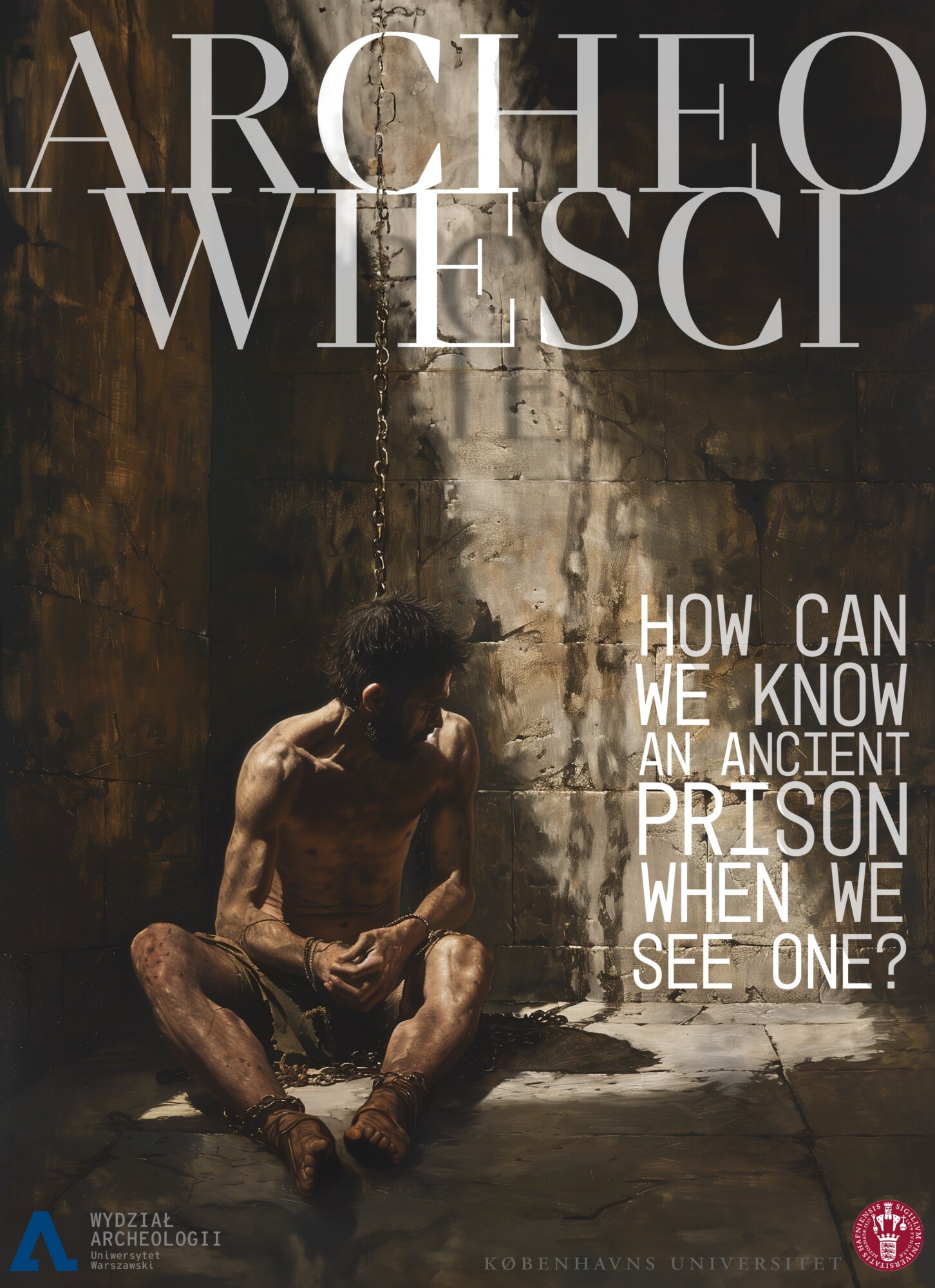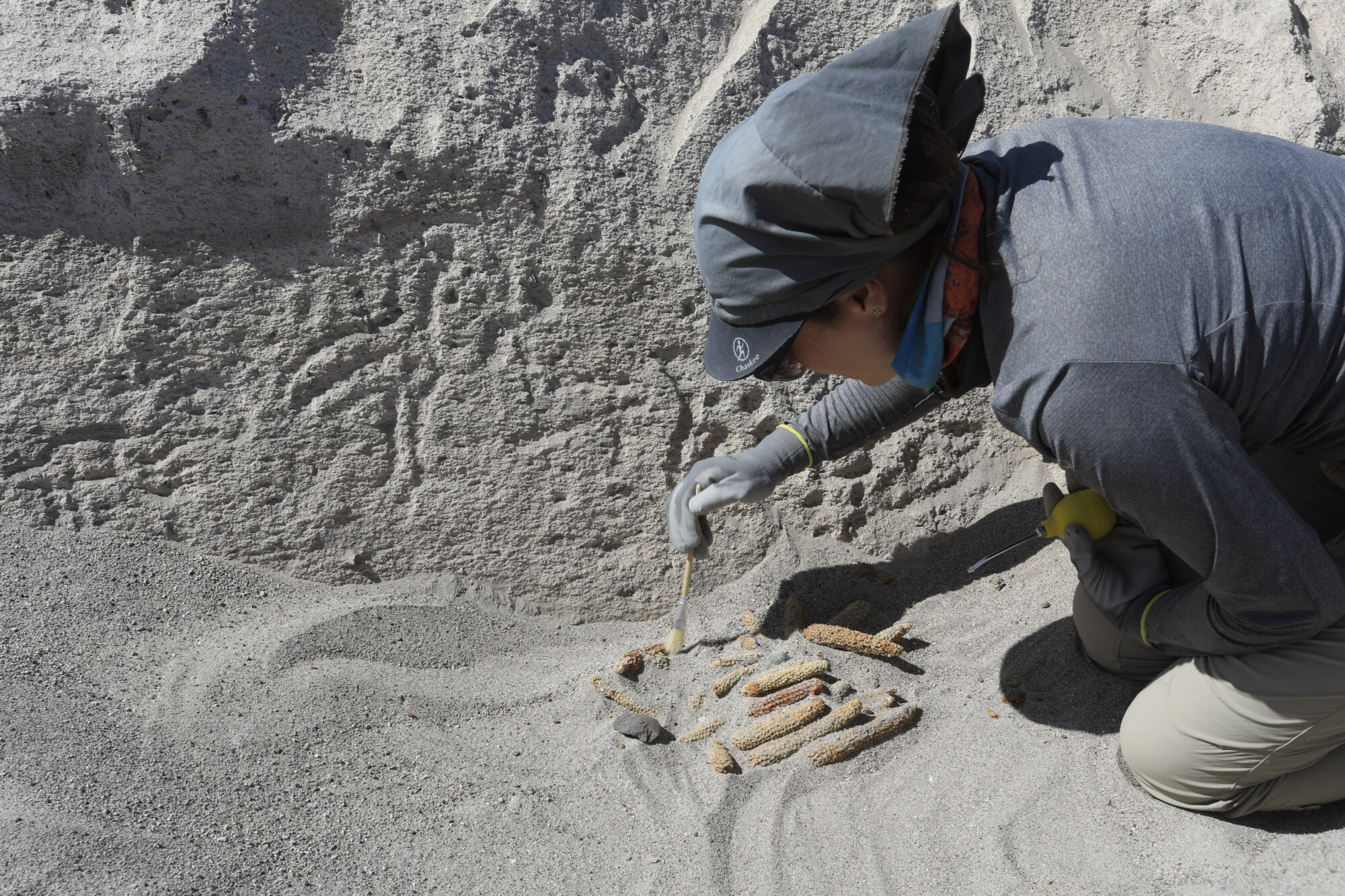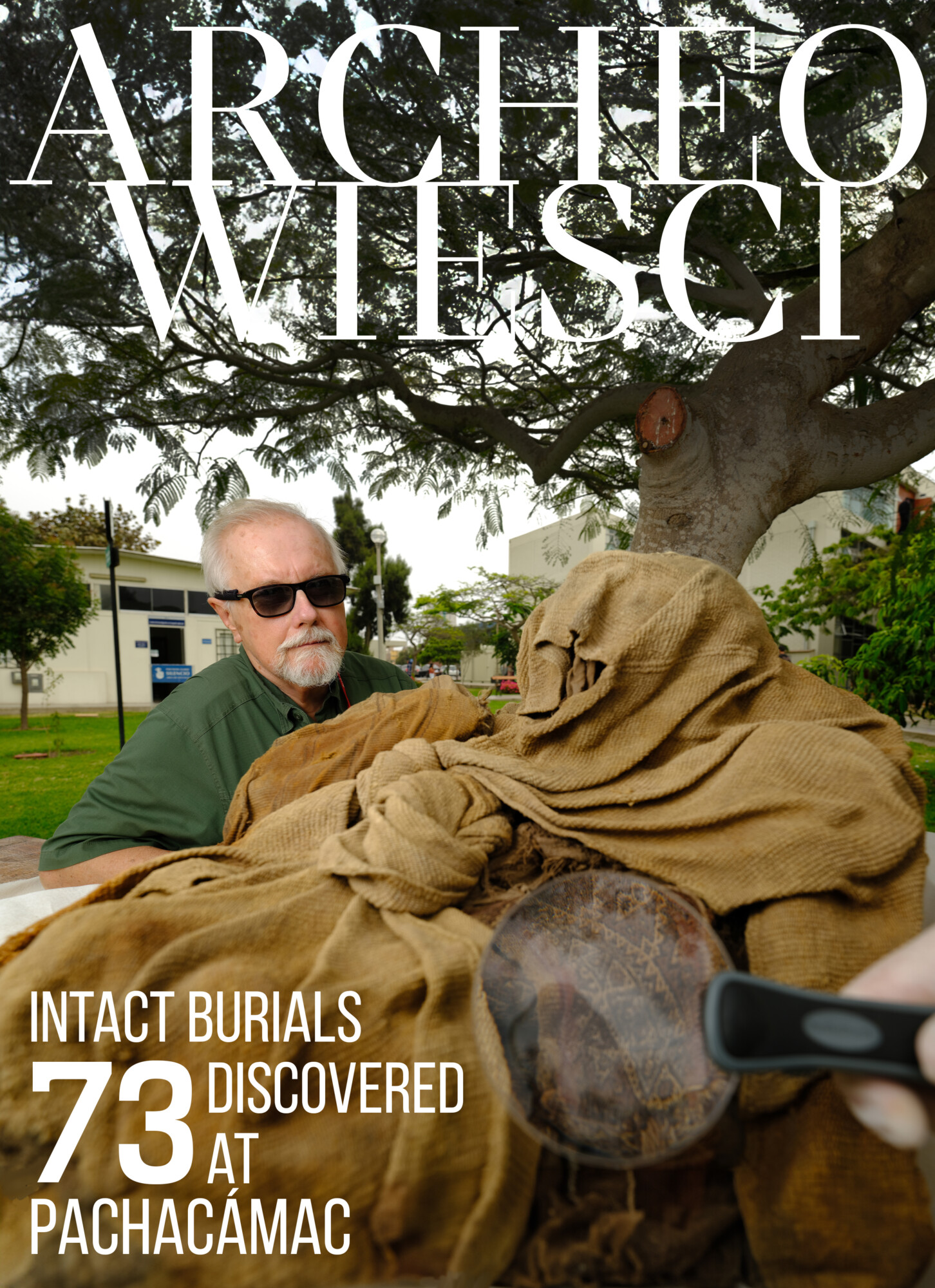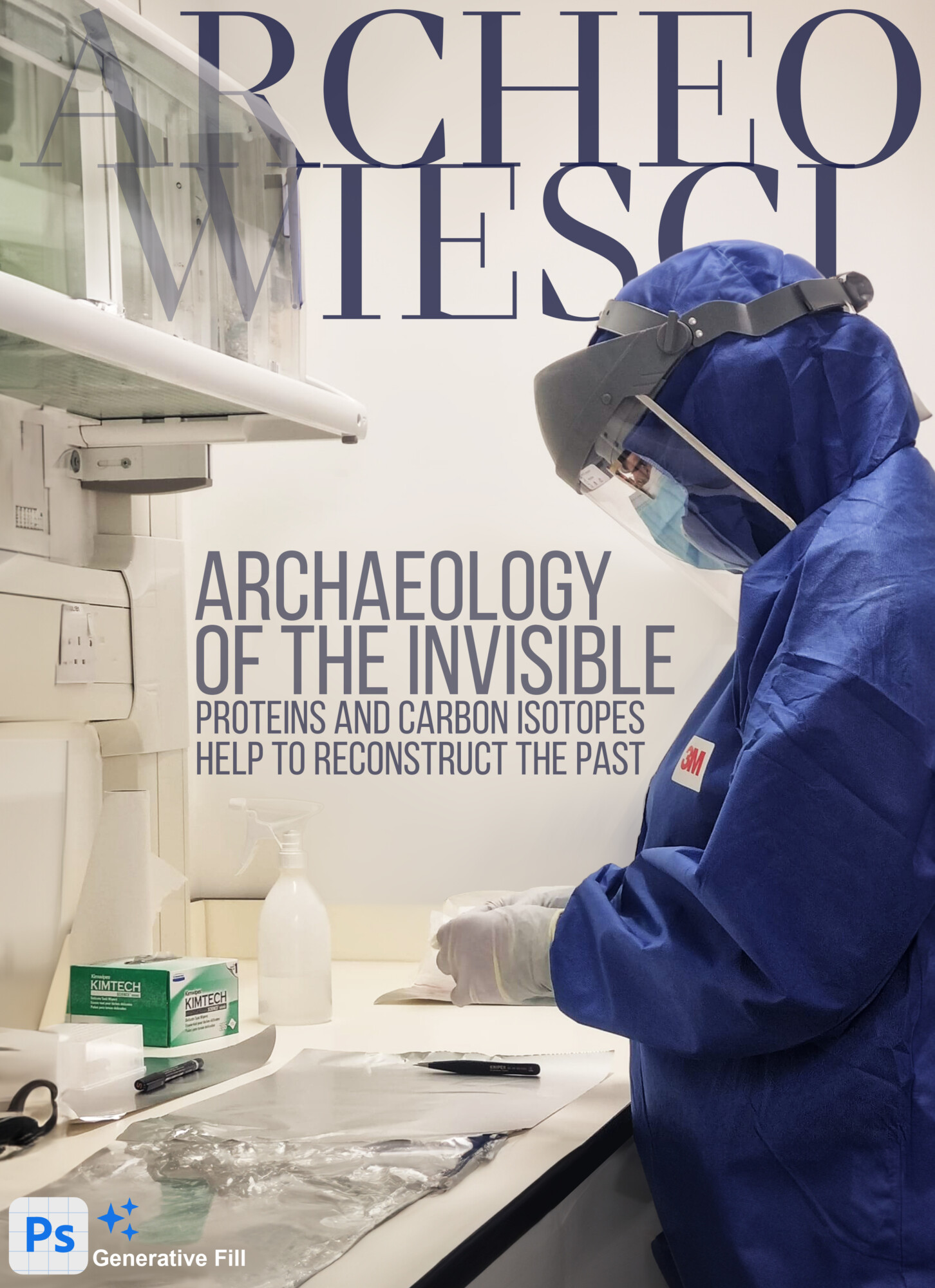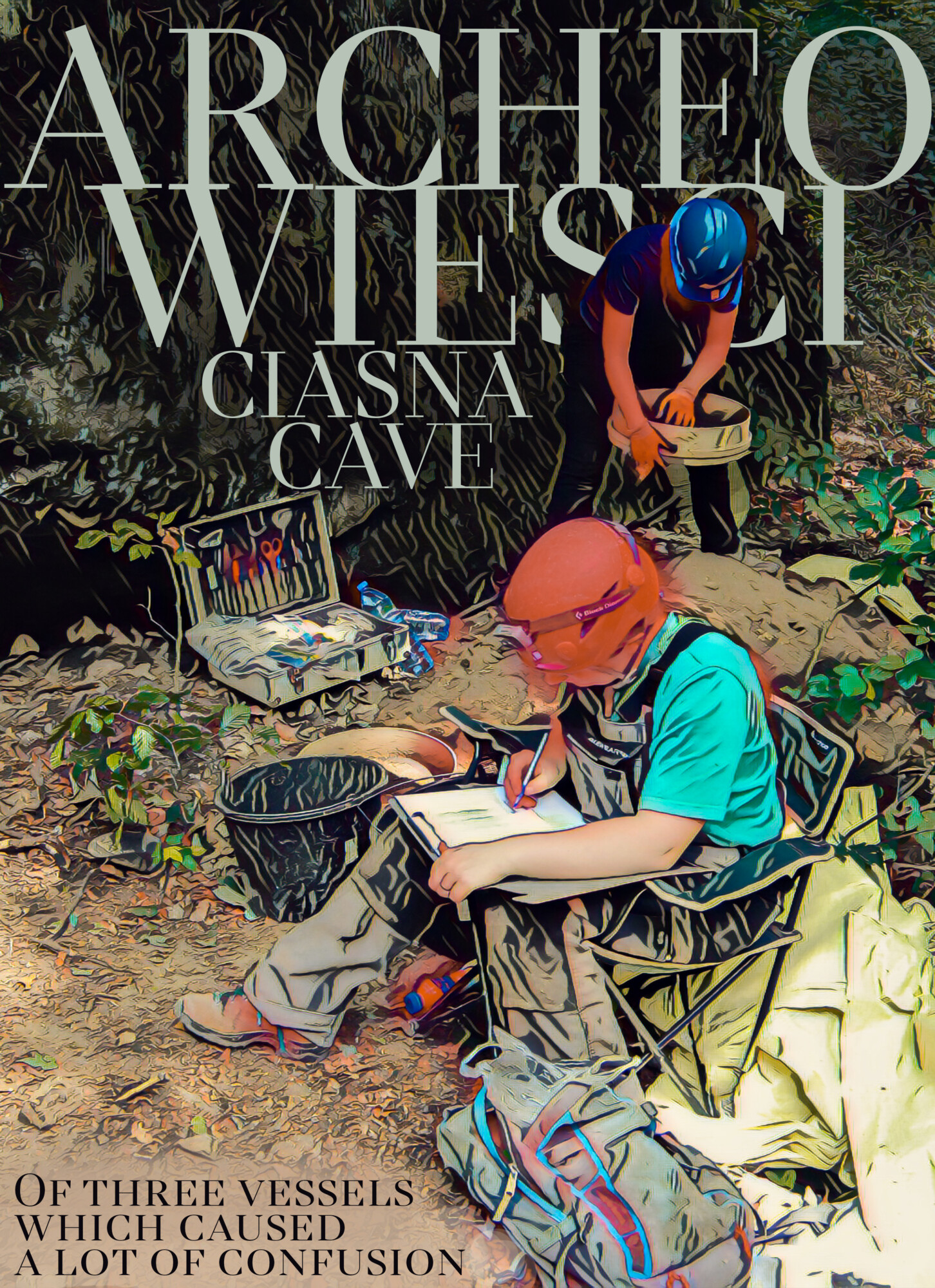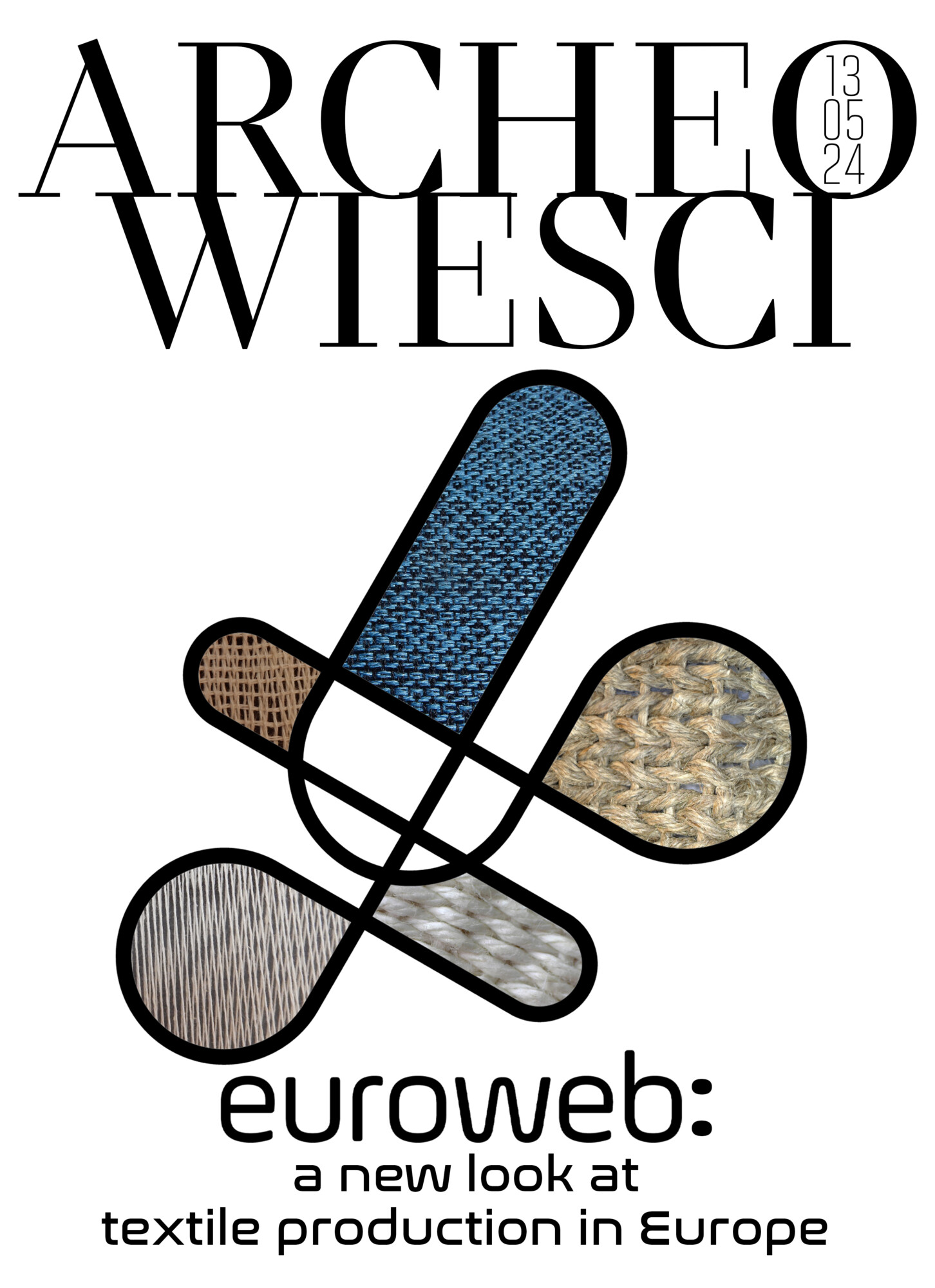
EuroWeb is a four-year research action integrating multidisciplinary research on European textiles from antiquity to the present day. Led by Professor Agata Ulanowska of the University of Warsaw, EuroWeb has united nearly 250 researchers, creators and designers. The action changes the view of Europe’s past by considering the role of textile and textile production as a factor in the formation of European culture and identity. One of the results of the team’s activities is the Digital Atlas of European Textile Heritage, which provides data on 7,000 years of European textile heritage.
Continue reading “EuroWeb: A new look at textile production in Europe”

